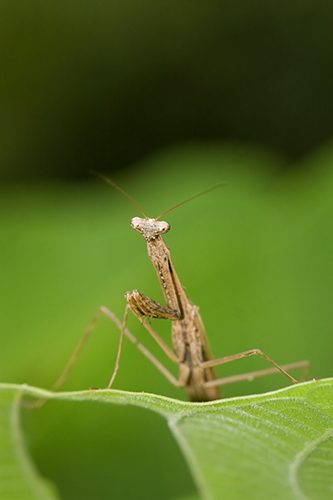The Sign Language of our Forest
Forest, a boon to humanity, home to various species, and an abode full of sounds and signs, not the harsh sounds of the urban places but the melodious sounds and voices of the inhabitants of the forest. Forests speak a language of their own and to understand the language of a forest and of its denizens, nature has gifted some common indicators which give us an idea of the surroundings. Here are some common indicators which can give us an idea about the surroundings and changing climate and seasons.
Lichens
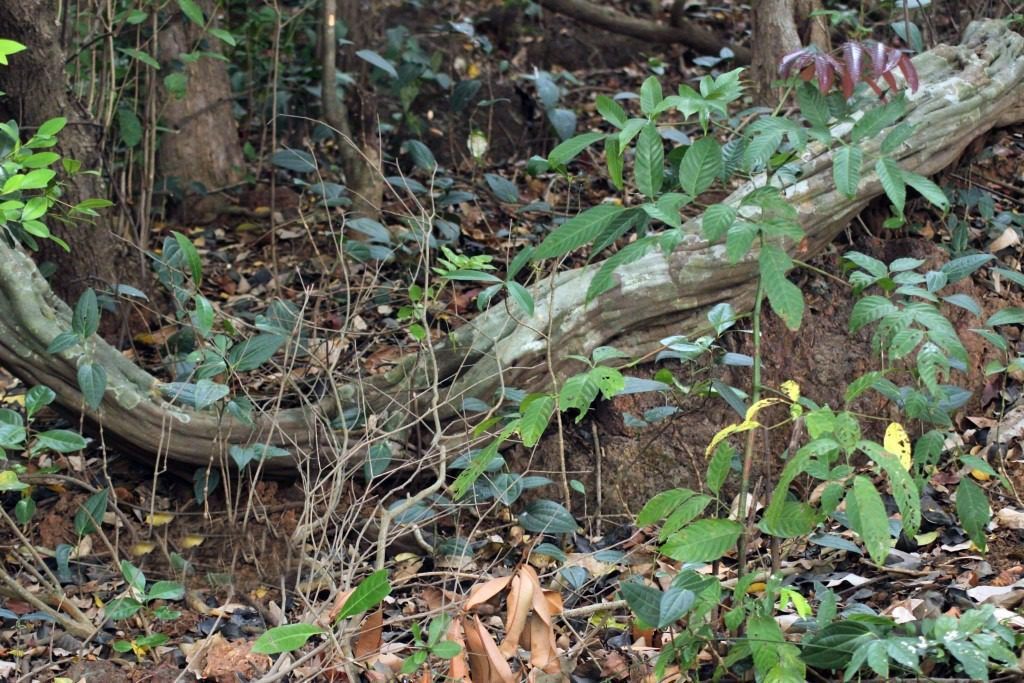
The symbiotic relationship of algae and fungi is known as lichen. The algae photosynthesize and fungi reproduce. Lichens can grow on trees as well as on rocks. Lichens indicate that the forest or the surrounding where they grow is free from air pollution. One will never find lichens in or around cities where there is tremendous amount of pollution. In short, lichens are the indicators of pollution free environment.
Liana
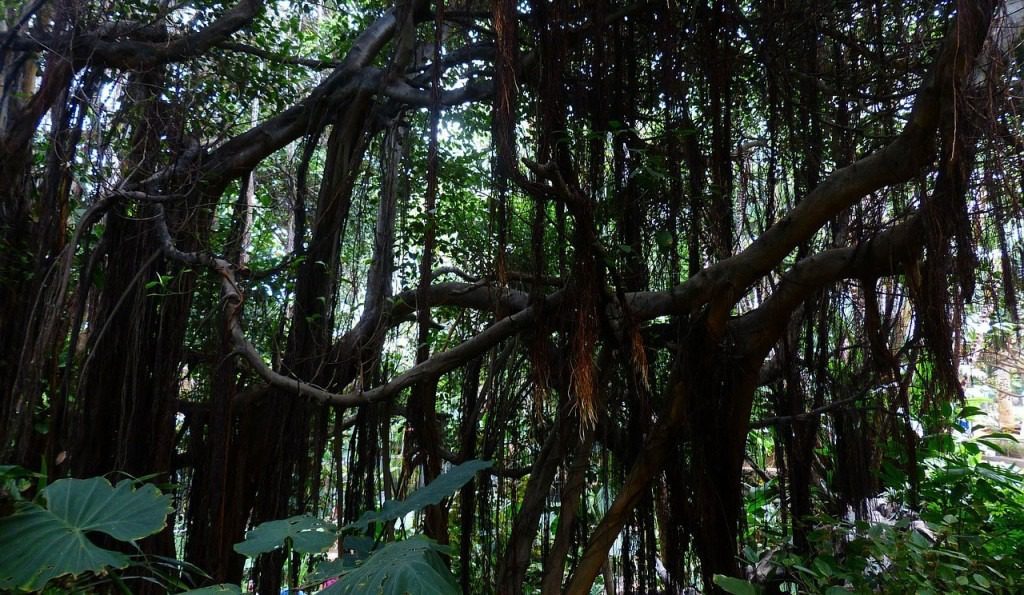
It is also called woody climber with a thick stem and branches that coils the tree trunk. It indicates that the forest is old and has probably seen ages. One can assume that, the more the girth of the stem of the liana, the older the forest is. Although lianas can be a huge problem for rainforests as due to them many palm and tree ferns regularly drop fronds, these woody vines quite appropriately form an accessible route for the arboreal animals such as leopards, flying squirrels, chameleons etc which insinuates frequent visits of these animals. Besides that, a liana called Rattan produces edible fruits mostly consumed by primates.
Egg laying behaviour of Red Wattled Lapwing (Vanellus indicus)
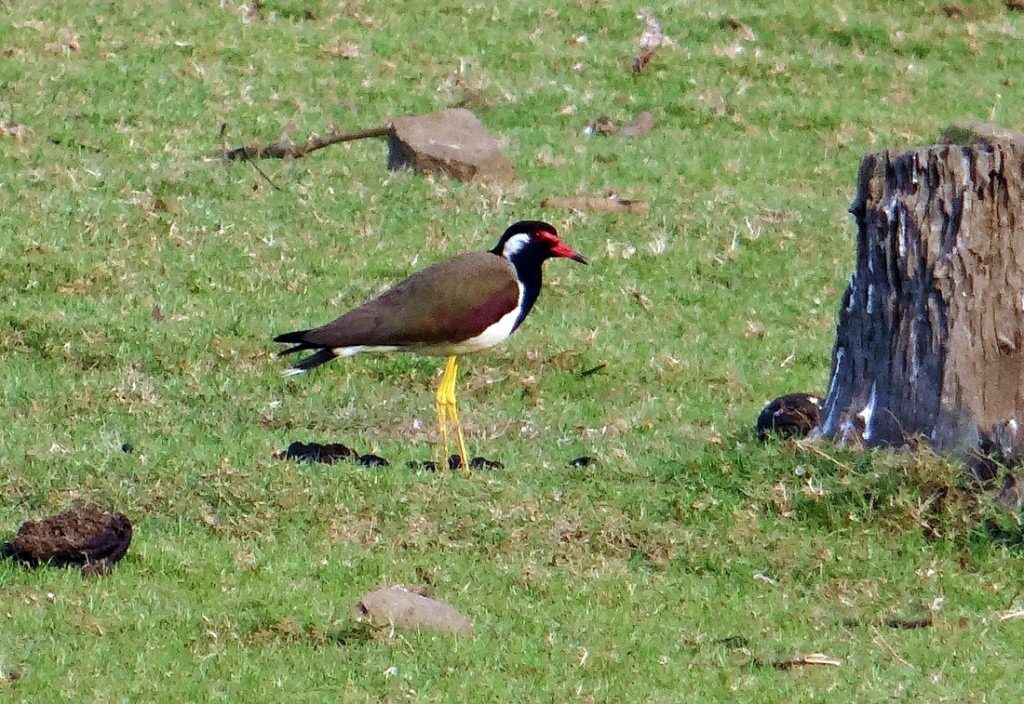
Lapwings are known to lay their eggs near river banks or lake sides in grasslands. The egg laying period is mainly March to August. Their breeding serves as a sign to the farmers and villagers regarding the amount of rainfall. It is believed that if lapwings lay their eggs close to banks or lakes, the rain showers would be less and if the eggs are laid far from water bodies it would be vice versa.
Growth of Mushrooms
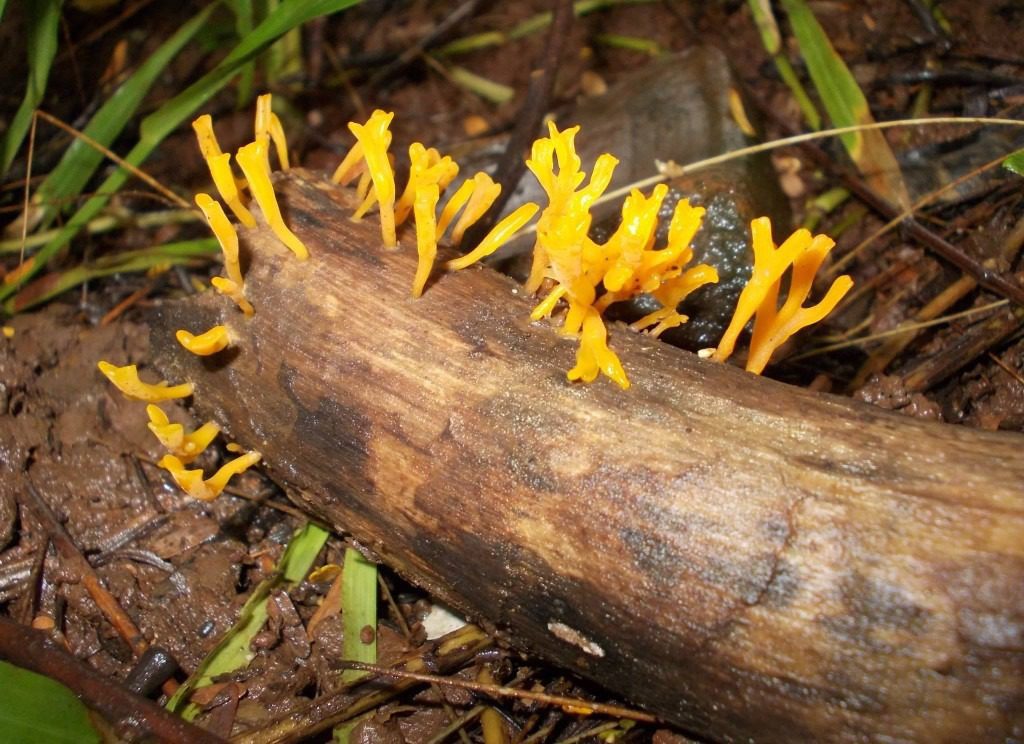
Mushrooms also fall under the group Fungi. Mushrooms generally grow on dead and decaying matter which means that the branches or trees, on which mushrooms grow, are either decaying or are already dead.
Alarm calls or warning behaviour
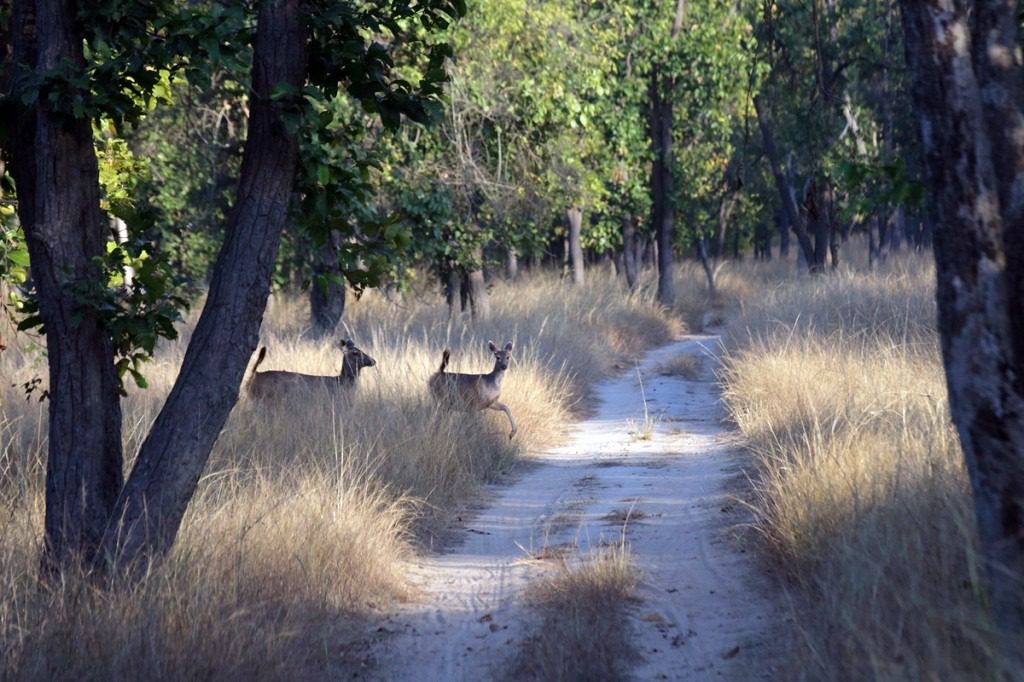
Alarm calls or special sounds produced by the animals indicate the presence of a predator in the surrounding. These alarm calls are usually given by langurs which are then followed by deer and peacocks. Langurs generally produce the sound (khakk, khakk) which serves as an alarm call. Besides this the foot stamping by deer and raising of tails to show the underneath white patches are the indicators of presence of a carnivore or predator in the surrounding area.
Tree Orchids
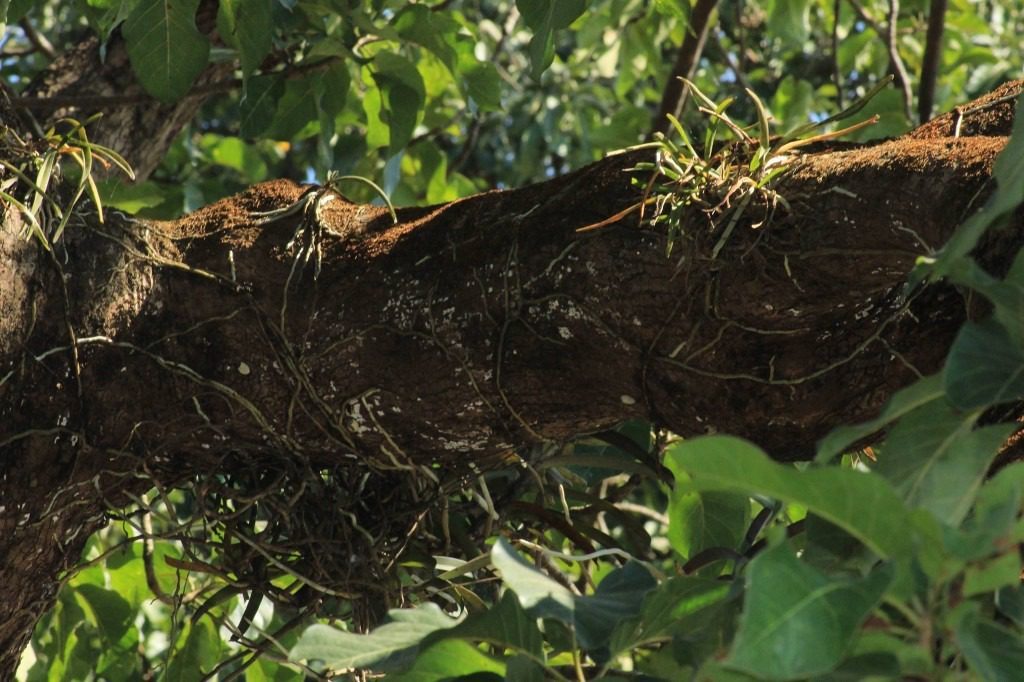
Orchids, the flowers which are known to have lips belong to the family Orchidaceae. Tree Orchids are epiphytic and thus they grow with the support of trees. Orchids need high amount of iron content and moisture present in the air. Thus one can make out that the area has got good proportion of iron content and moisture in the air.
Damaged Leaves
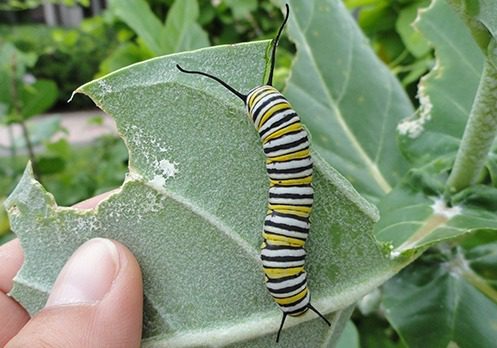
Lines formed on leaves indicate that there is caterpillar activity on the plant. Tiny balls or tumours growing on the leaves indicate that the plant or the tree is diseased. Leaves missing on a branch can be an indicator of a mammal feeding on that particular tree or plant.
Some signs and tracks of animals
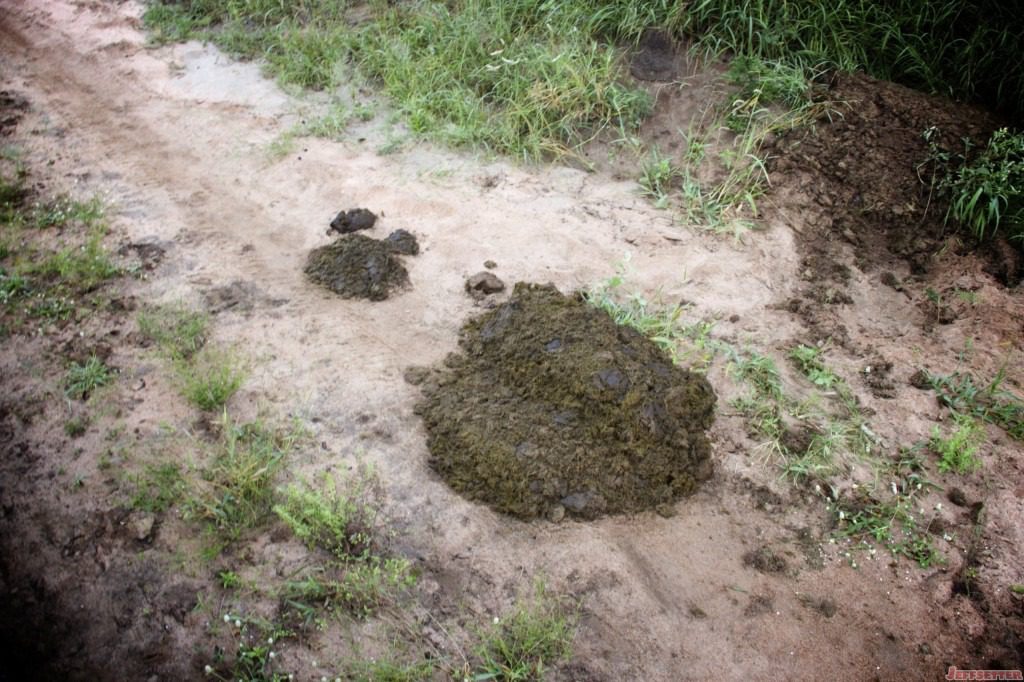
Various Signs in the forest such as debarking, scratching, and self excavated holes done on a tree indicate the presence of animals in the surrounding. For instance, continuous feeding of an Elephant on tree barks indicates that there is food scarcity in the surrounding area.
Presence of bird feathers and regurgitated flesh on the ground indicates that there might be a perching site of a bird of prey on the tree. Feather shafts if chewed indicate that the bird was killed by a mammal as a bird of prey can’t chew the feather shaft.
Latrine sites indicate that the track or path of forest is under continuous use of the mammal. Large amount of bird droppings under a tree indicate that there is a roosting site or community of cormorants and egrets on the tree.
Scent marks such as spraying urine, dropping feces, scratch marks on trees all are signs of territory marking.

Some Indicators of Monsoon
- a. Yellow Ground Star
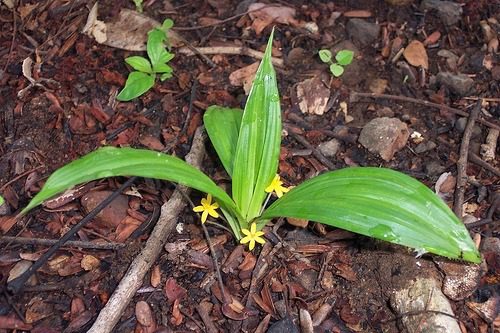
Yellow ground star is a tiny yellow flower which blooms on the ground. The flower flourishes just before it rains. Its blooming is an indicator of the soon arrival of monsoon.
- b. Sighting of Jacobin cuckoo: Also called as Chatak pakshi or Pied cuckoo. Sighting of this bird indicates that the monsoon is soon going to knock on our doors.
- c. Calling of Indian Pitta: Indian Pitta breeds during the south-west monsoon from June to August and their calling during the season is indicative of the arriving monsoon.
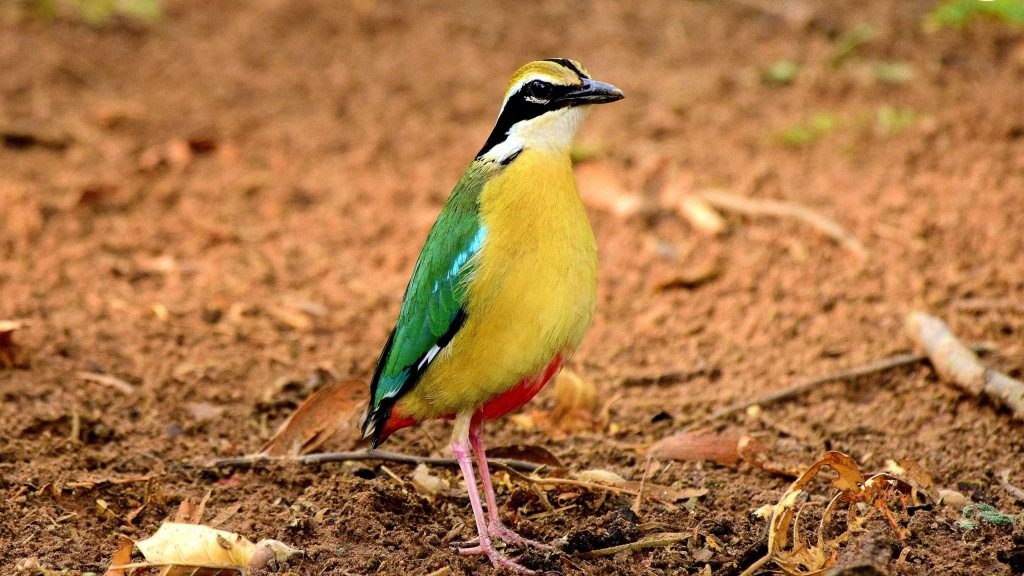
- d. Slug: Slug is a creature which is similar to a snail in shape and size but lacks the shell. My personal experience shows that whenever I have sighted a slug, it had rained within the same week.
- e. Another personal observation of mine: I saw ants moving from one place to other carrying eggs in their mouths in order to shift them. This was observed in the morning and the very next day it rained at midnight.
These are just a few out of myriad signs and indicators present in the forest. To understand these indicators and to feel the language of the forest we need to lose ourselves completely in this gift of nature. Understanding these signs and indicators is an art which can be of extreme help in understanding nature, environment, and the changes taking place in the natural habitat and its understanding can contribute in the sustainable forest management to a great extent. As it has been said that, “heard melodies are sweet but those unheard are sweeter,” so let’s try to listen to the unheard language of the forest and blend ourselves with the sweet melodies it sings.
Courtesy : Samrat Godambe




